After a couple of days in Szászcsávás, we drove east through the Harghita mountains to the region of Székelyföld (Székely Land). The Székelys are a Hungarian subgroup— historically, they guarded the eastern border of the Kingdom of Hungary.
I had the pleasure of taking two lessons from Fazakas Levente, a musician based near Csíkszereda (Miercurea Ciuc). Levente is a founder of Heveder Banda and performs with Háromszék Táncegyüttes.
Levente is truly a well-rounded person— in addition to playing, when we were there he was working on building a cellar for butchering meat, among other projects. Each time we went to his house, he was preparing some sort of traditional food (including kocsonya, which he shared with us, pictured below). He even carved and built the Székely kapu (gate) in front of his house, saying it was his first attempt ever at carving. He’s interested in building violins, and knowing him, I’m sure he could do it.
He started studying classical music in a music school at the age of six, but didn’t feel motivated to learn music until the age of 14, when he started playing folk music with a friend who played bass. They started playing for dance groups. That was in 1993-1994. He said, “I started playing music when I started playing folk music”.
In those early years, he learned a lot from listening to cassettes and LPs. He said he listened to one recording for an entire year before trying to play it, and that when he tried to play it, he knew the recording so well that he could play every ornament perfectly. He thinks that listening to recordings and figuring out how to replicate the sounds is an important process for students. He said, “Learn exactly how it is in recordings. Then, play your own thing”.
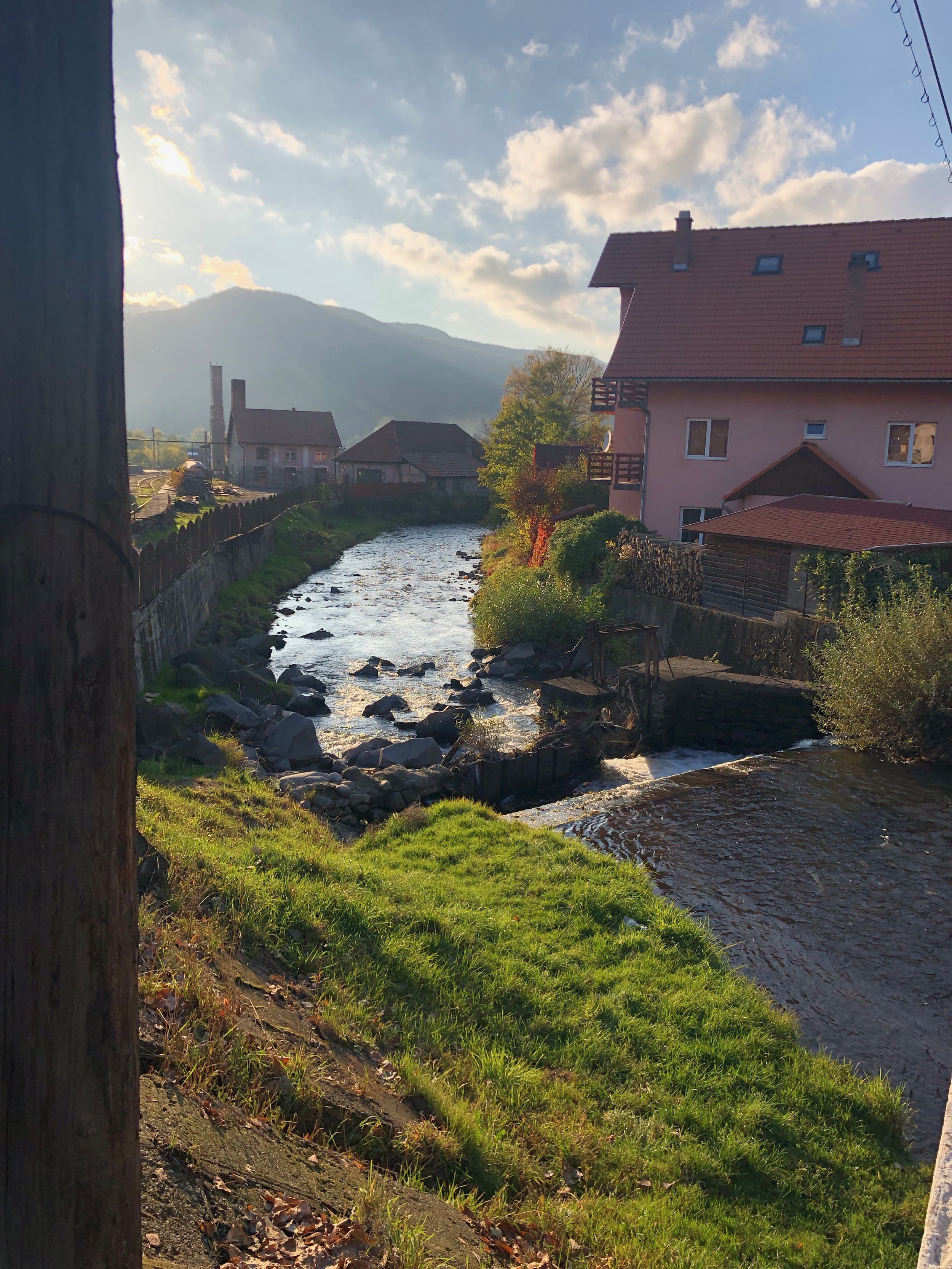

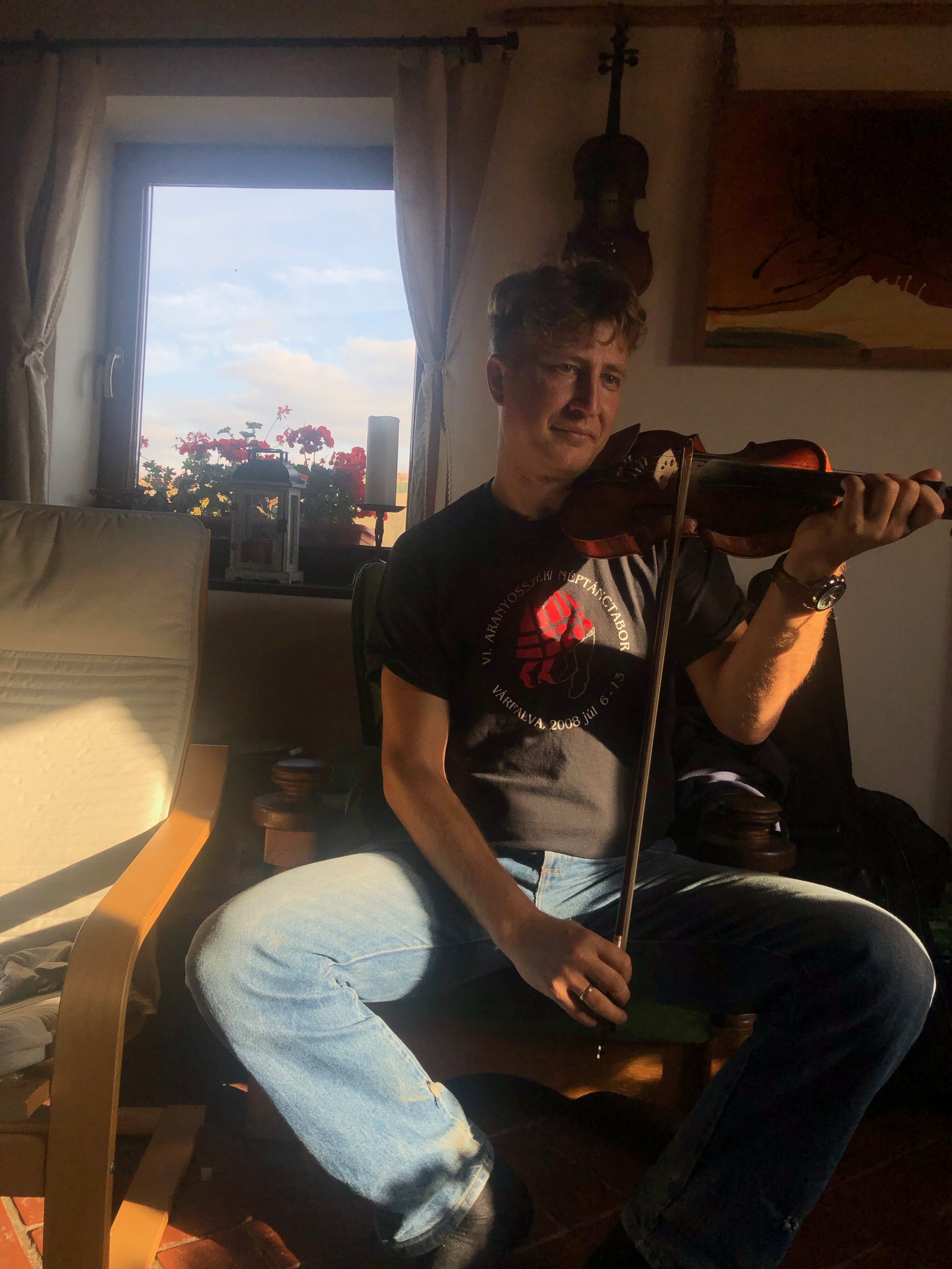
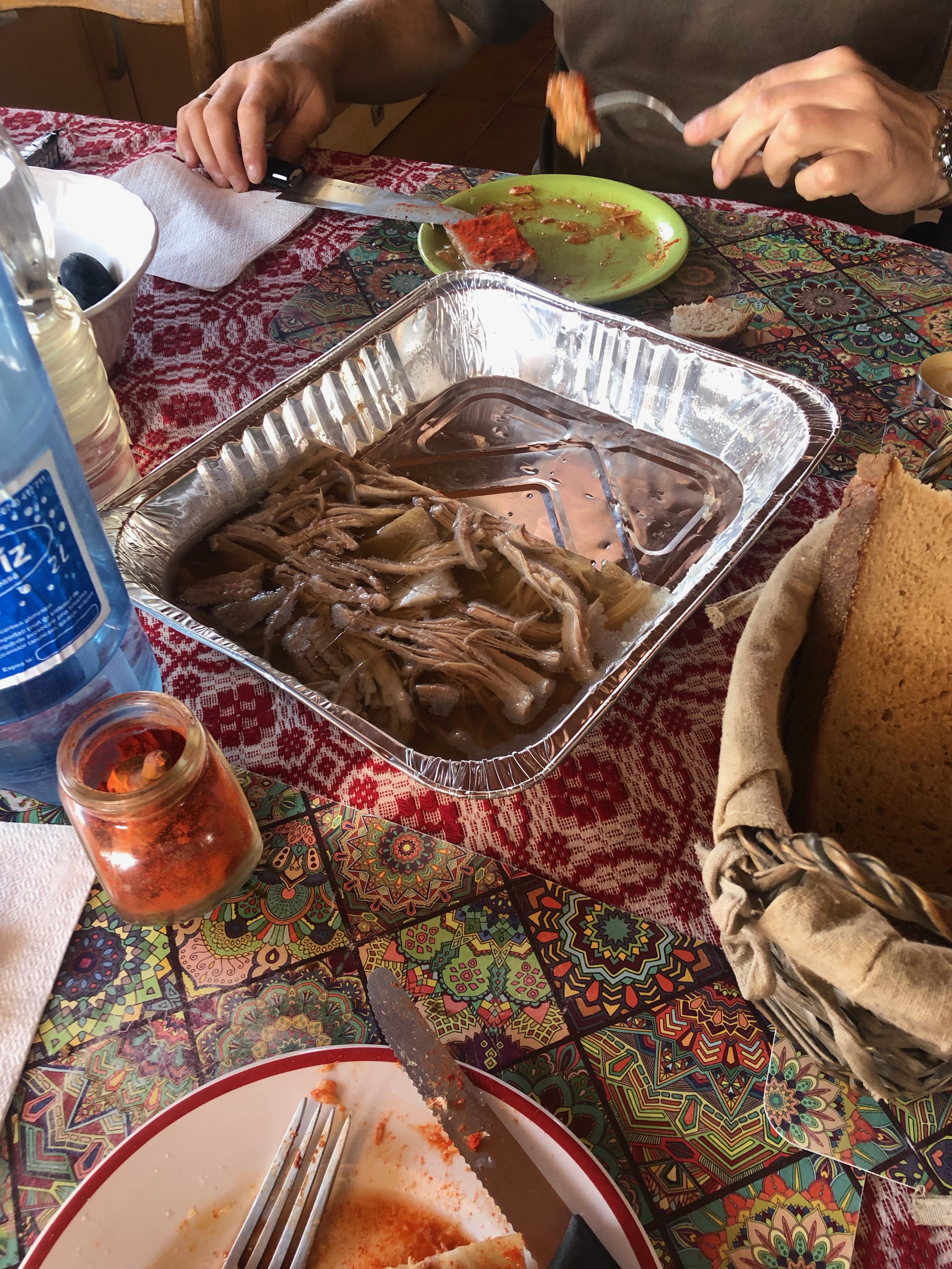
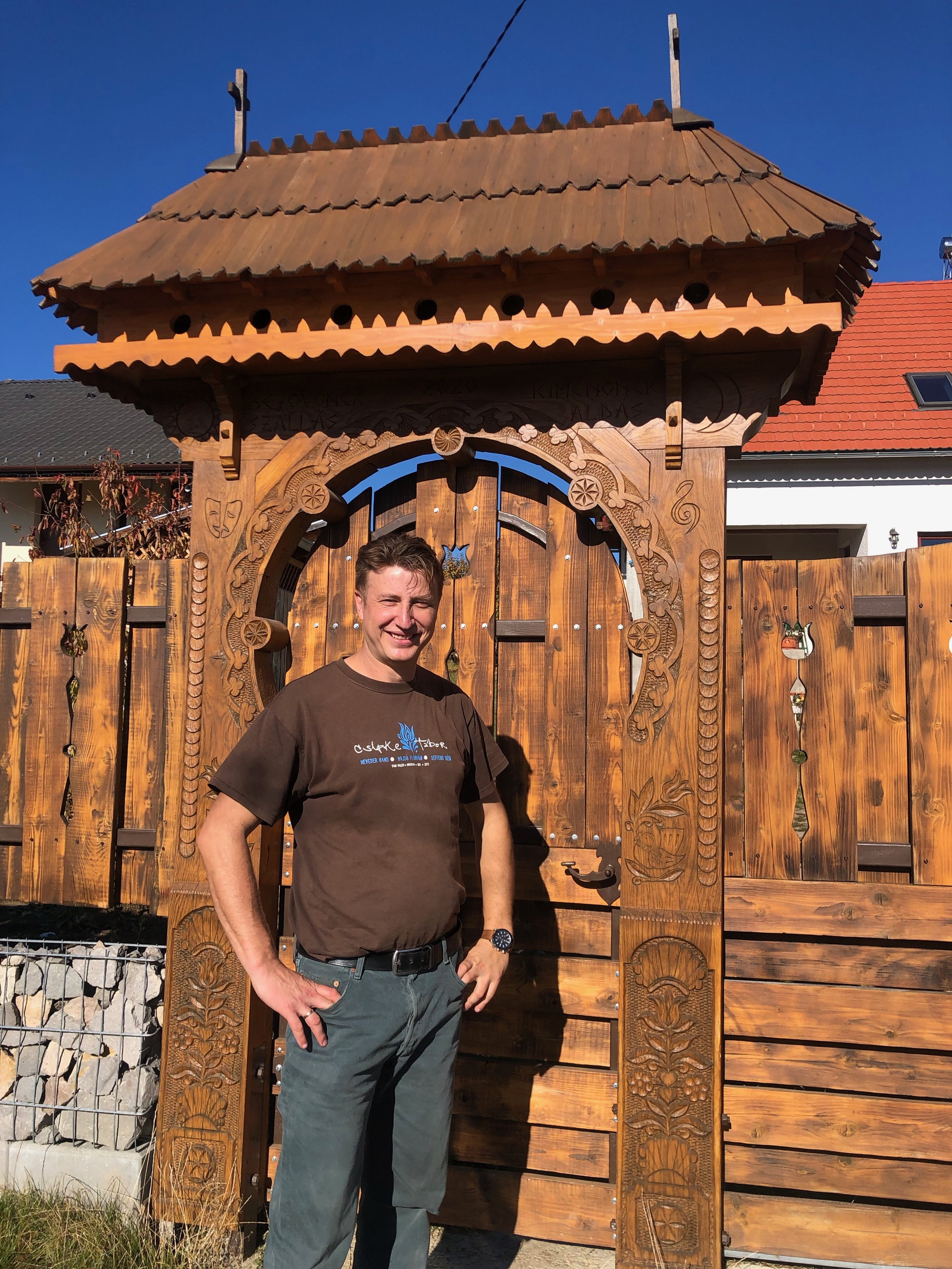

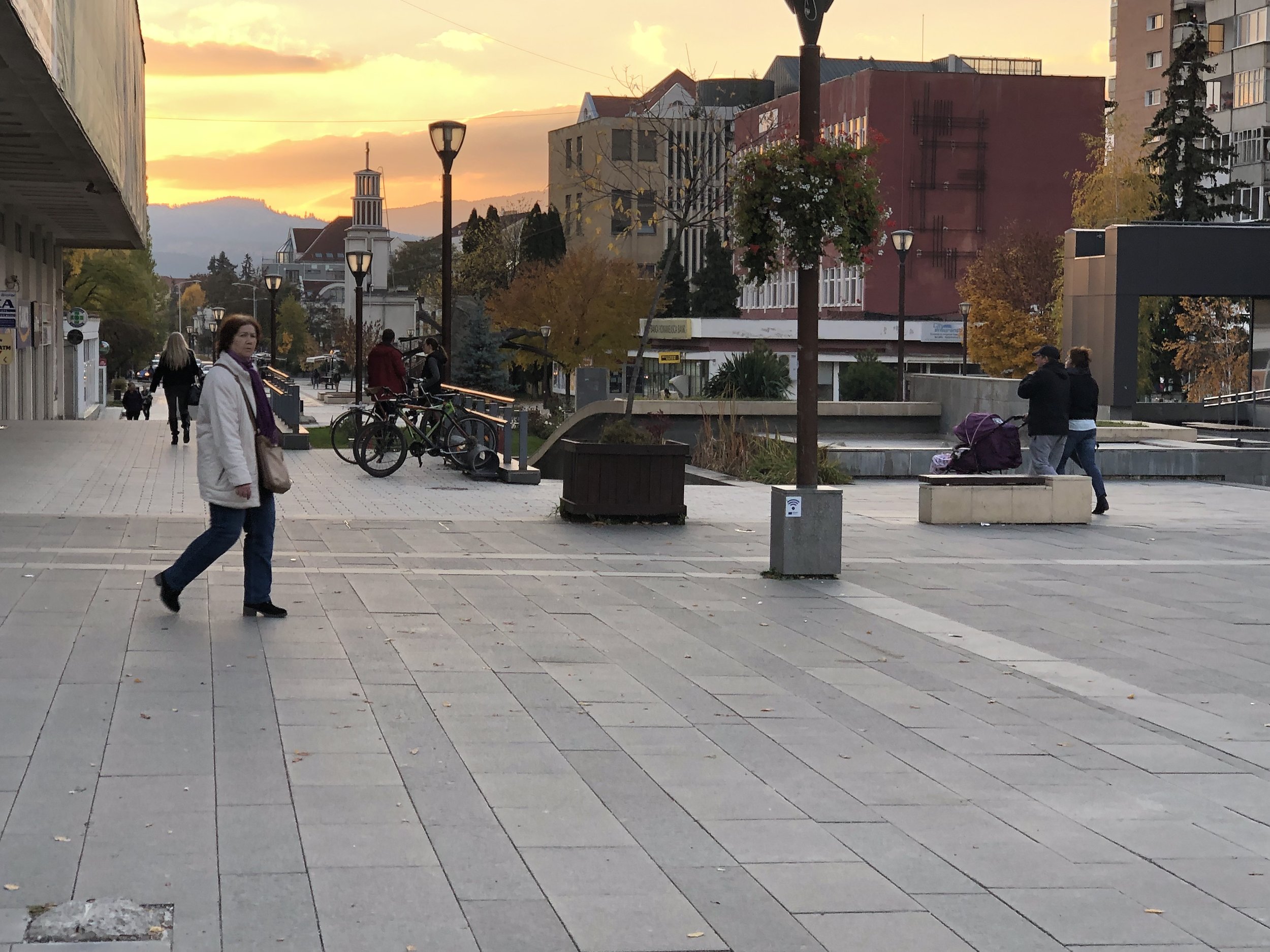
In the lessons I took with him, we worked mostly on repertoire from Szászcsávás. I had the opportunity to observe myself as a student— particularly, as a student with intermediate-level knowledge of Transylvanian music (I started learning it three years ago, mainly from recordings), which helped me to get into the mindset of klezmer students who are at a similar level of familiarity with that style. There were many times when Levente would give me some piece of advice and I would immediately think “that’s exactly what I would tell klezmer students”— for example, that I should think about the rhythm that the brácsás and bassist will play while I’m playing the melody.
Some key take-aways from the lessons:
— Levente explained why many Transylvanian folk musicians play with a flat left-hand wrist: there are some ornaments which are actually easier to accomplish with this hand frame! This was the first time anyone had explained this to me.
— Levente also demonstrated an alternate bow hold with the thumb on the bottom of the bow and the pinky finger off of the side. He demonstrated how he can switch between this bow hold and a “classical” bow hold while playing.
— These demonstrations inspired me to start experimenting with a flat left hand frame, playing without a shoulder rest (also common among folk violinists here), and changing my bow hand. There’s certainly a learning curve to all of these adjustments but it’s interesting to see how the sound of the instrument changes with these different holds.
— Another earth-shaking discovery: he explained that there are 3 types of vibrato in Transylvanian music: 1.classical 2. vibrato trills 3.sliding vibrato. The sliding vibrato is an example of an ornament that is easier to produce with a flat left hand.
— He pointed out that I have a tendency to over-use the vibrato trill, when actually other types of vibrato are used— for example, when I played a piece from Szék (sliding vibrato is common in that repertoire). As a klezmer musician, it’s unsurprising that I would lean on this ornament so heavily, since it’s predominant in klezmer music.
— Levente is skilled at breaking down a piece into parts and teaching it methodically. He said “You have to give (students) blocks: endings, ornamentation, style”. He would clearly explain when he was teaching an ending of a phrase and when he was teaching a variation on a melody we had already covered. This helped me create a mental schema of the structure of the pieces as we went through them. It’s also something I think a lot about when I’m teaching.
— He uses many entertaining metaphors in his teaching, and has a deft use of humor as well : )
— He explained why it’s important that students are able to play melodies without ornamentation: because the same melodies can occur across multiple styles. He then demonstrated how a particular melody is played in ten different styles.
All of these observations just barely scratch the surface of what I learned from Levente! I hope to learn from him again sometime soon.